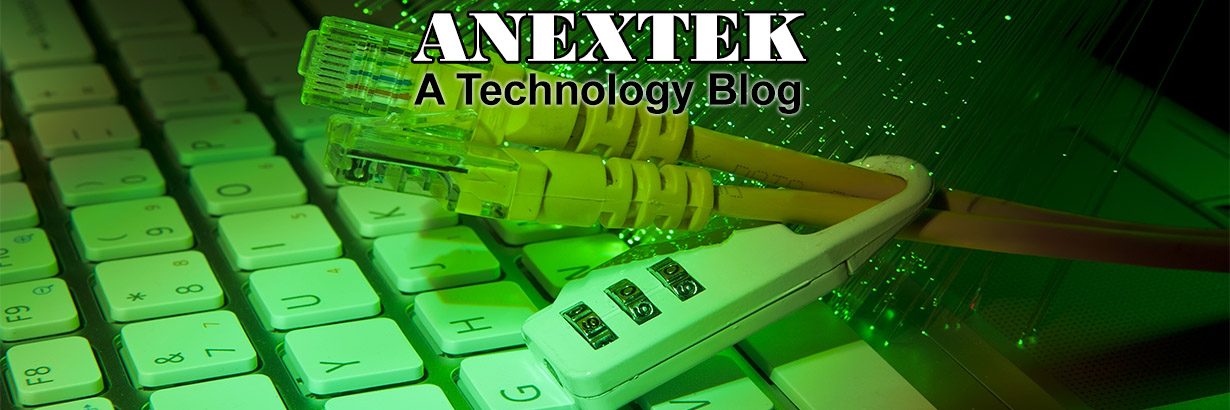A pressure sensor is a device that measures pressure of either gas or liquid. This pressure is produced through a force needed to stop a fluid from increasing, which is usually declared in terms of force per unit area. Normally, a pressure sensor operates as a transducer that creates a signal as a function of the imposed pressure. Pressure sensors are utilized to control and monitor thousands of applications on a daily basis. They can also be used as an indirect measuring device of other variables like speed, water level, altitude, fluid and gas flow. A Pressure sensor can differ radically in design, technology, application suitability cost and performance. There is a conservative estimate of over 50 technologies and at least 300 companies making pressure sensors worldwide.
The pressure transducer is the conversion of pressure into an analog electrical signal. It also serves as a detector or sensor. The conversion of pressure into an electrical signal is done through the physical distortion of twisted gages, which are linked into the diaphragm of the pressure transducer and wired into the bridge configuration of a Wheatstone. When a pressure is applied to the pressure transducer, it creates an aversion to the diaphragm. This also introduces damage to the gages, which will then generate a change on electrical resistance that is relative to the pressure.
A high temperature pressure transducer is made for high temperature applications that work in temperature ranging from -65°F to +450°F or +650°F with outstanding accuracy, long-term calibration, reliability and stability. The damaged gages are deposited with sputters that form a molecular bond with the substrate. There is almost no drift, shift, or creep that causes the calibration of the transducer to alter.
